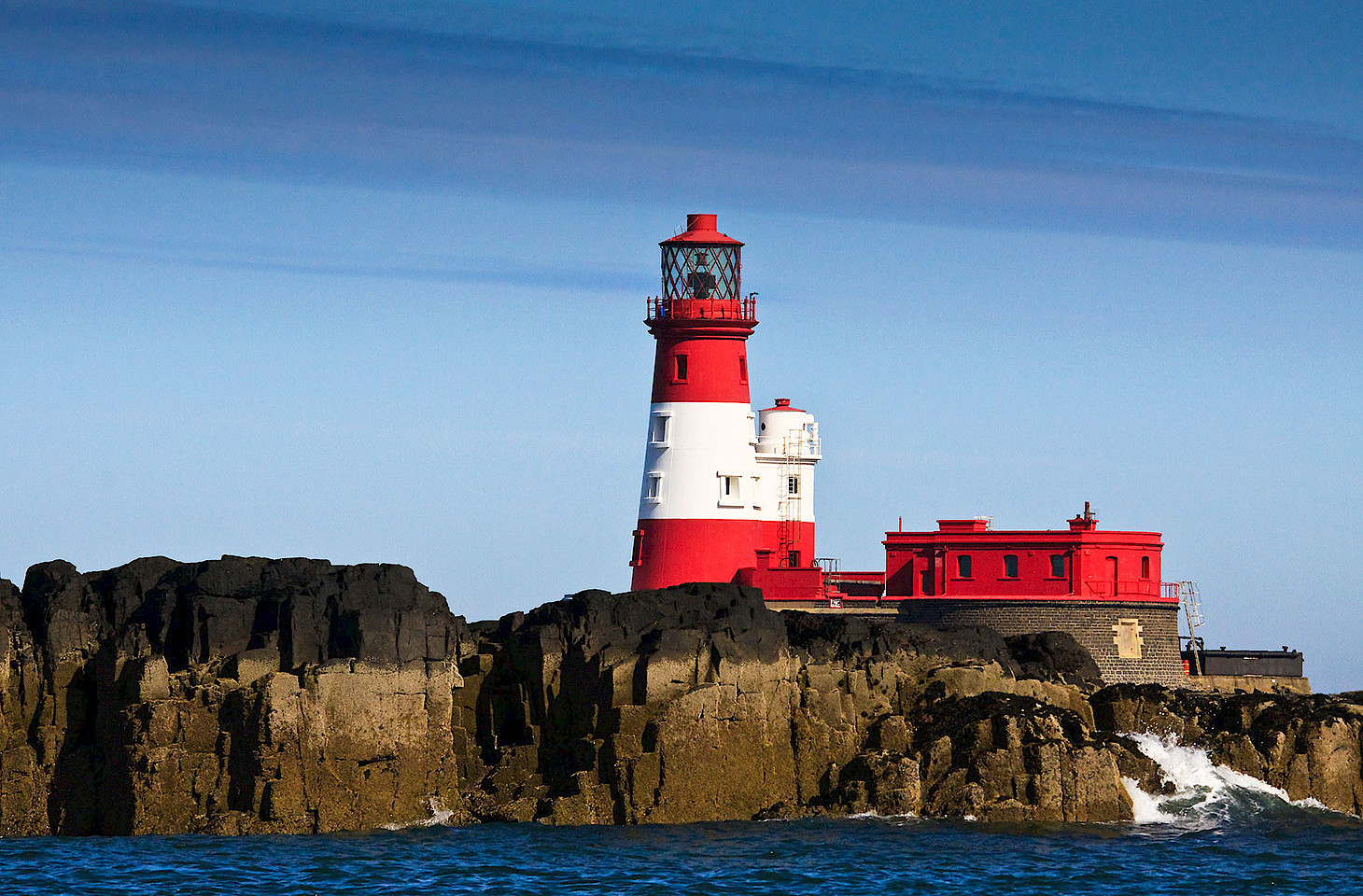Returning to Barra is always a delight. The ship from Oban steams west across the Sea of the Hebrides towards the Outer Isles. To some early seafarers, this arc of rocky islands and sandy shallows sweeping from the red brick lighthouse at the Butt of Lewis in the north to the great cliffs of Barra Head in the south — a span of over 200 kilometres — was ‘The Long Isle’. Note the impudence of strangers who impose their prejudices and their toponyms on places they barely know. The notion that the Outer Hebrides in all their diversity can be captured in so terse a name as ‘The Long Isle’ presumptuously overlooks the dramatic variations in geology, landscape, culture and religion as one travels from the Isle of Lewis in the north to Barra in the south.
“We have as much in common with Lewis as a turnip has with a leek,” says an elderly gentleman on the ferry from Oban. He is observing the seas ahead with all the diligence of an expert mariner. The people of the Roman Catholic islands in the southern part of the archipelago are deeply aware that their home communities are a world apart from Lewis, so far away to the north, so difficult to reach from Barra by public transport, and so affected by Presbyterian inclinations.
“Aye, it’s a fine thing that we now have our own boat,” reflects the man on the ferry, alluding to the decision by shipping operator Caledonian MacBrayne to base a vessel year-round at Castlebay on Barra. “But it’s surely a pity that our boat is still named after a distant island.” The MV Isle of Lewis (Eilean Leòdhais in Gaelic) was built more than twenty years ago for the route over the Minch from Ullapool to Stornoway. Now she’s deployed on the Castlebay to Oban run and that gives a new texture to island life. For having such a large vessel actually anchored at Castlebay evokes the idea of travel even when fierce westerlies lash the Barra Isles and tumultuous seas lead inevitably to the cancellation of all sailings. There are times in winter when the MV Isle of Lewis may stay berthed in Castlebay for several days at a time. But a quayside with a ship gives a sense of connectivity, while an empty berth just communicates isolation.
The MV Isle of Lewis is making good progress. With Coll fading away behind off the port side, the cafeteria is doing a brisk trade. Chicken curry is running head to head with Barra-landed cod. Now there is a stretch of open water where on stormy days those of a fragile disposition may begin to regret cod or curry and even begin to wonder why they ever embarked on this voyage.



